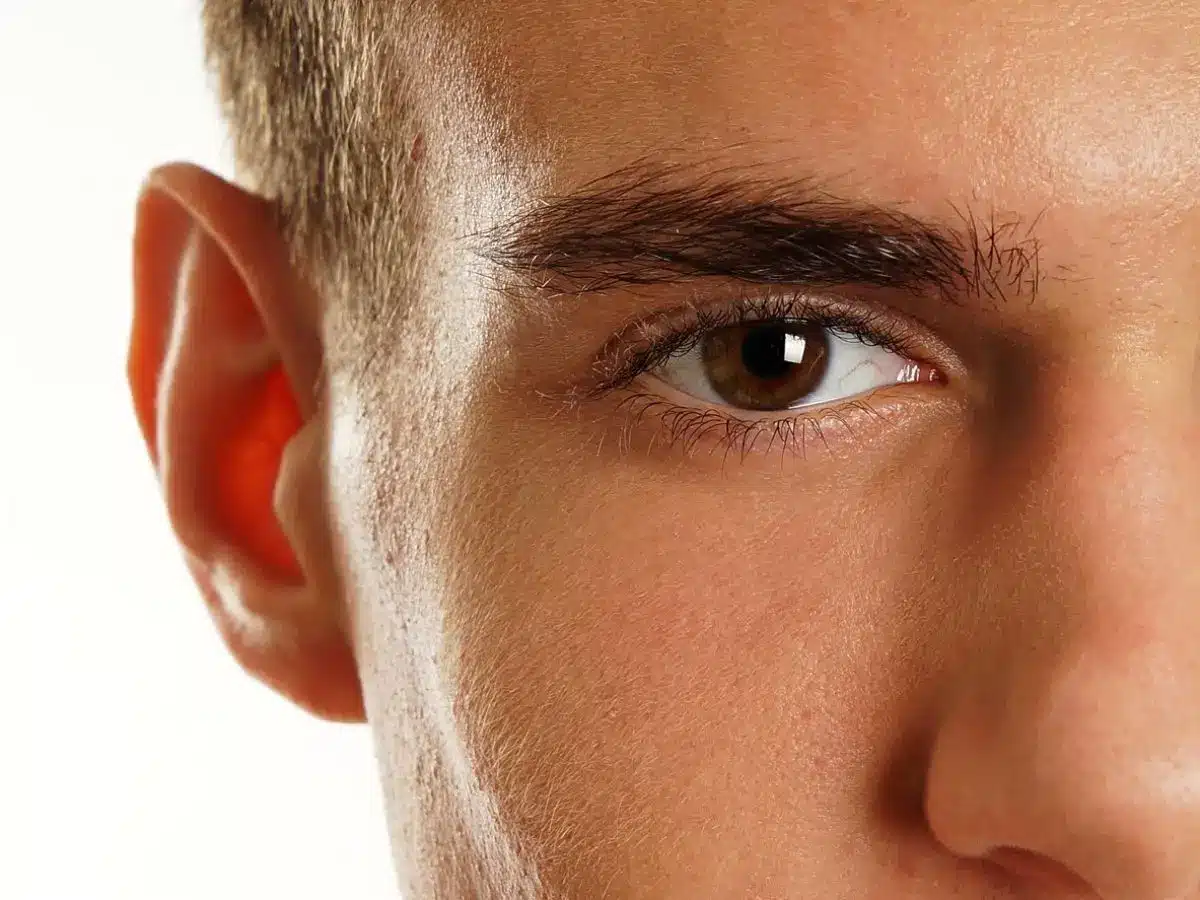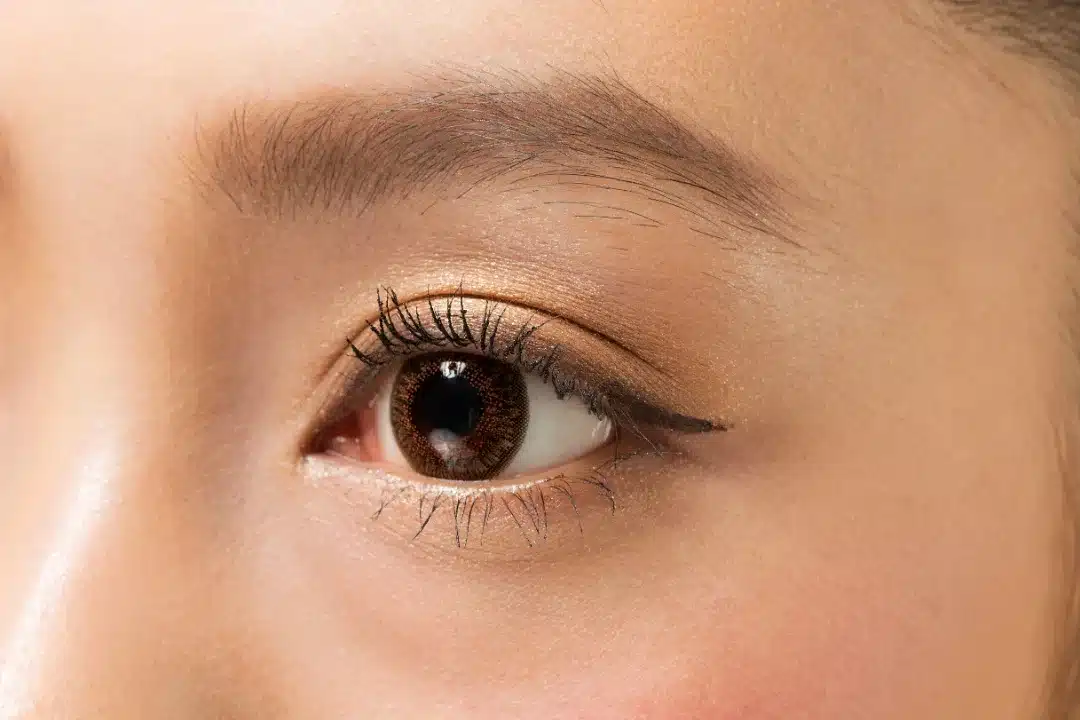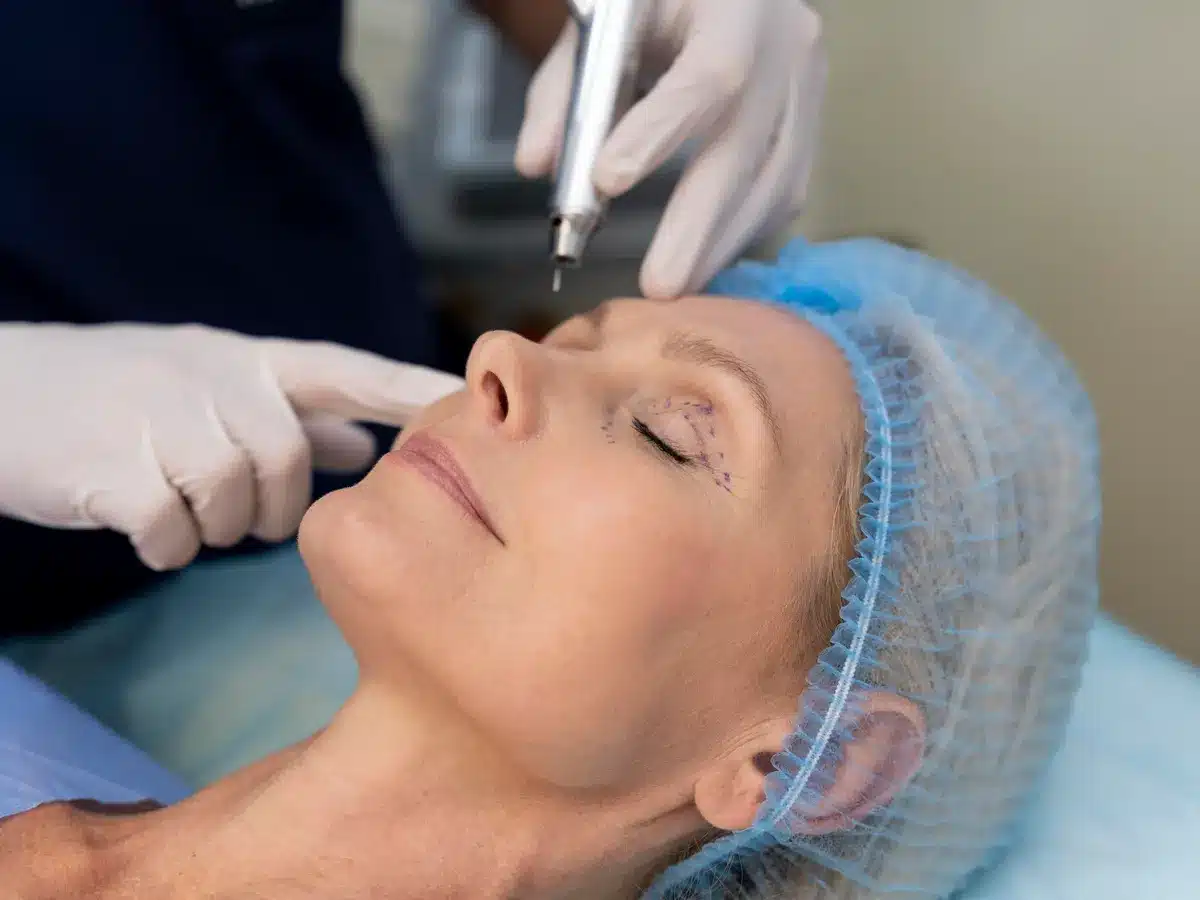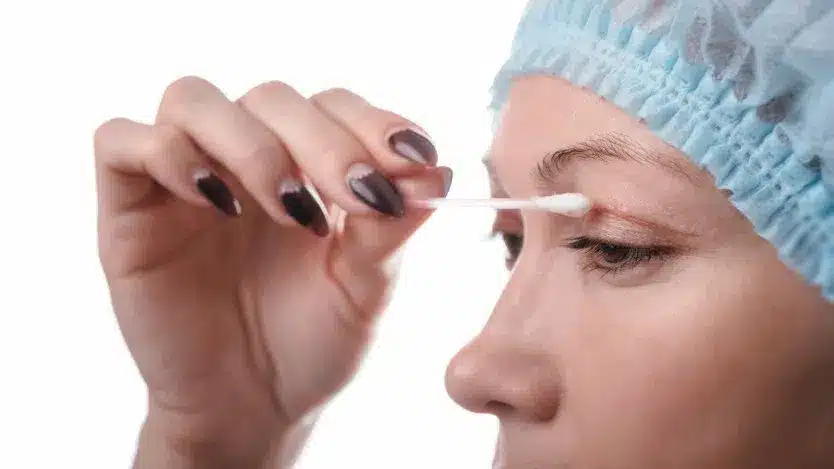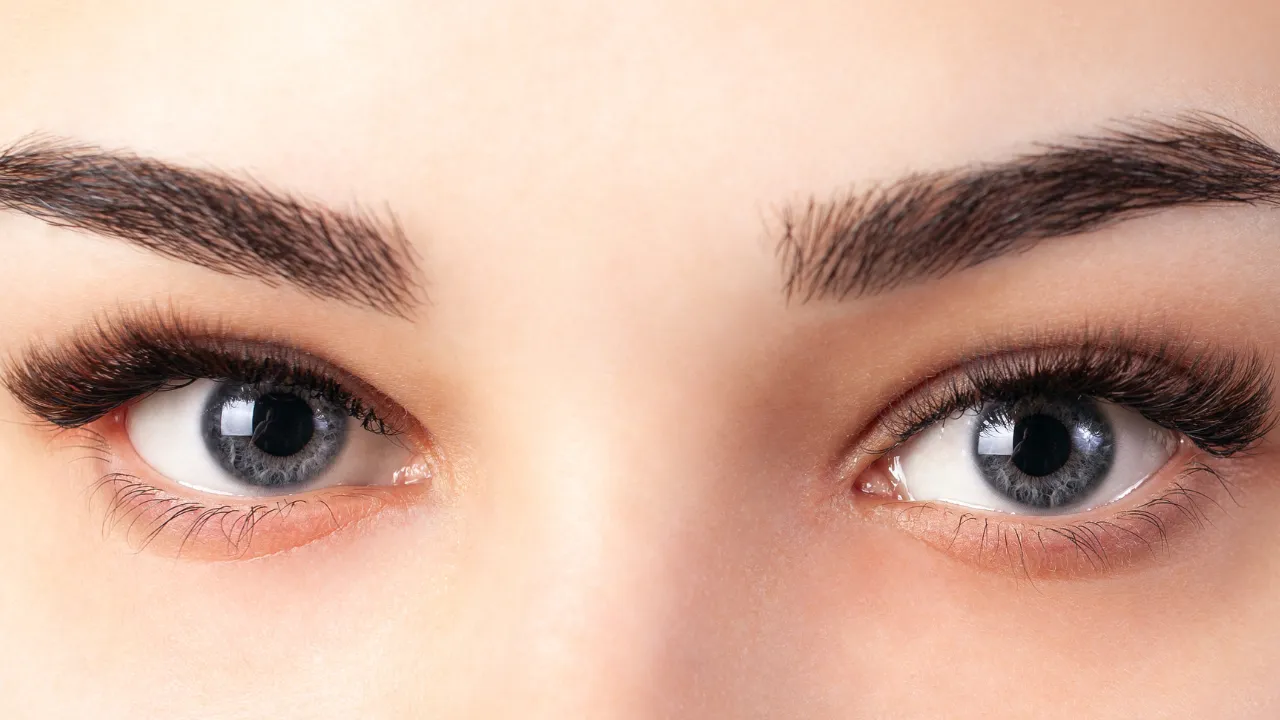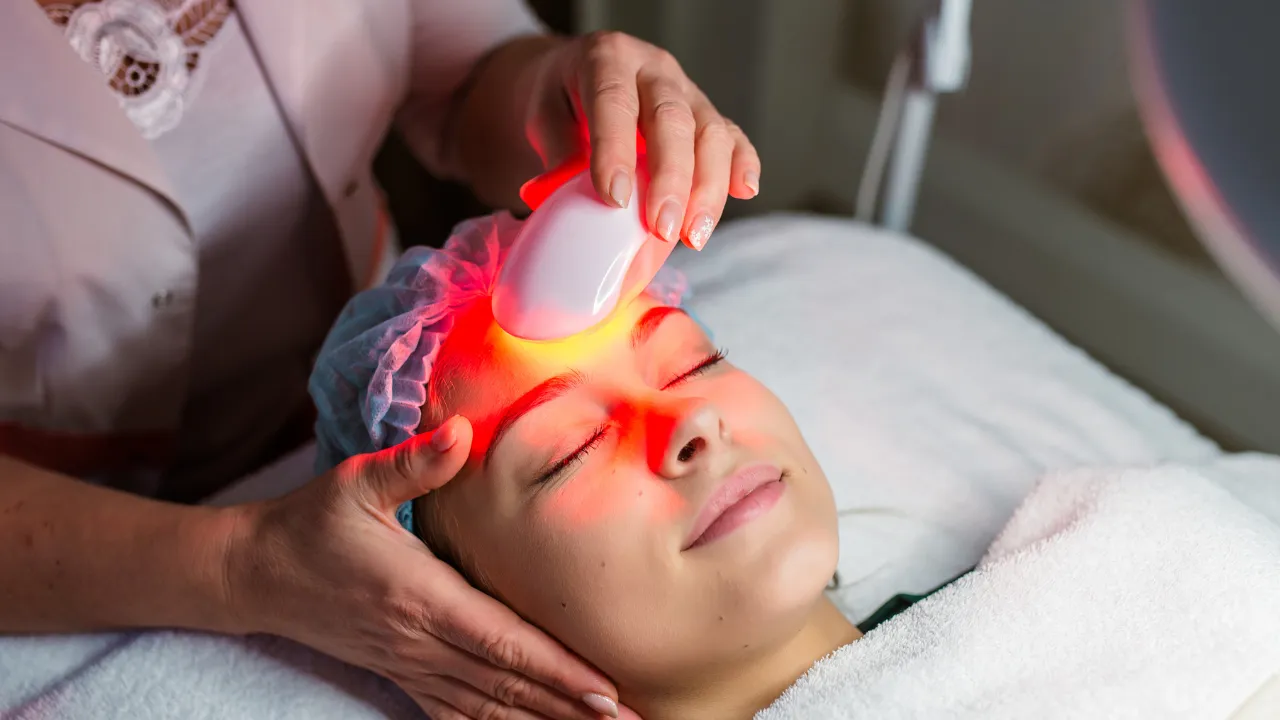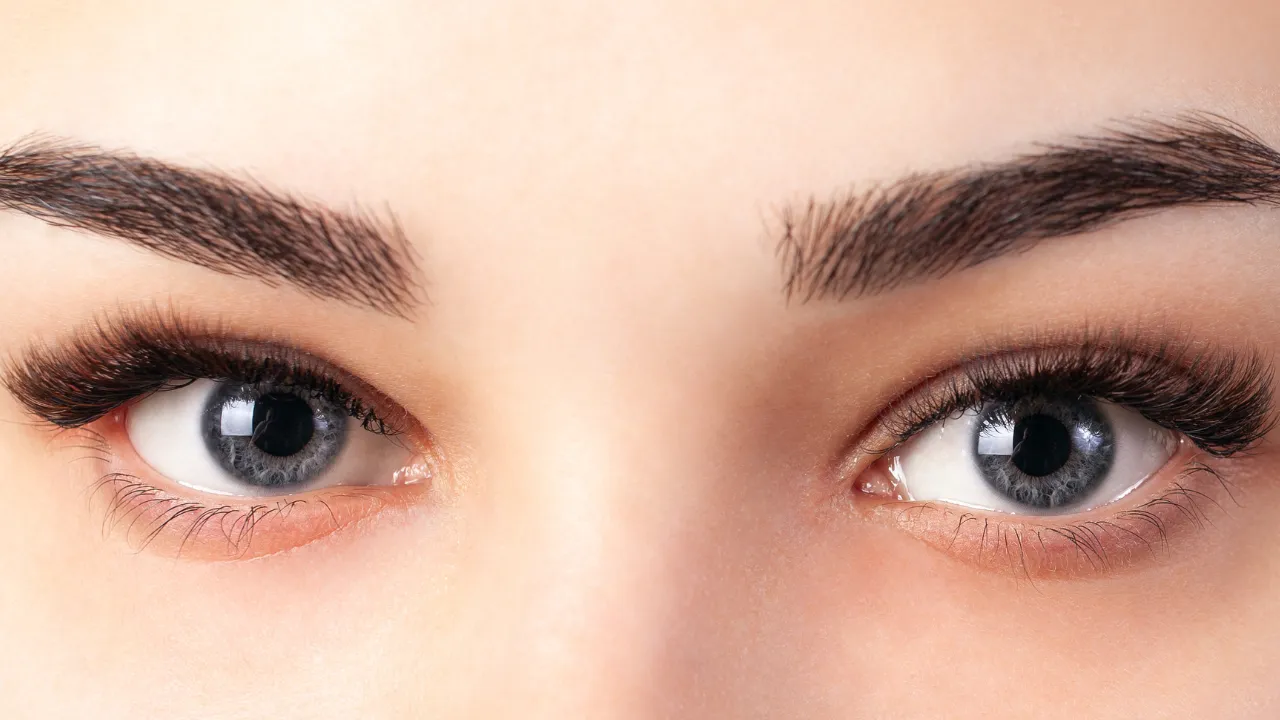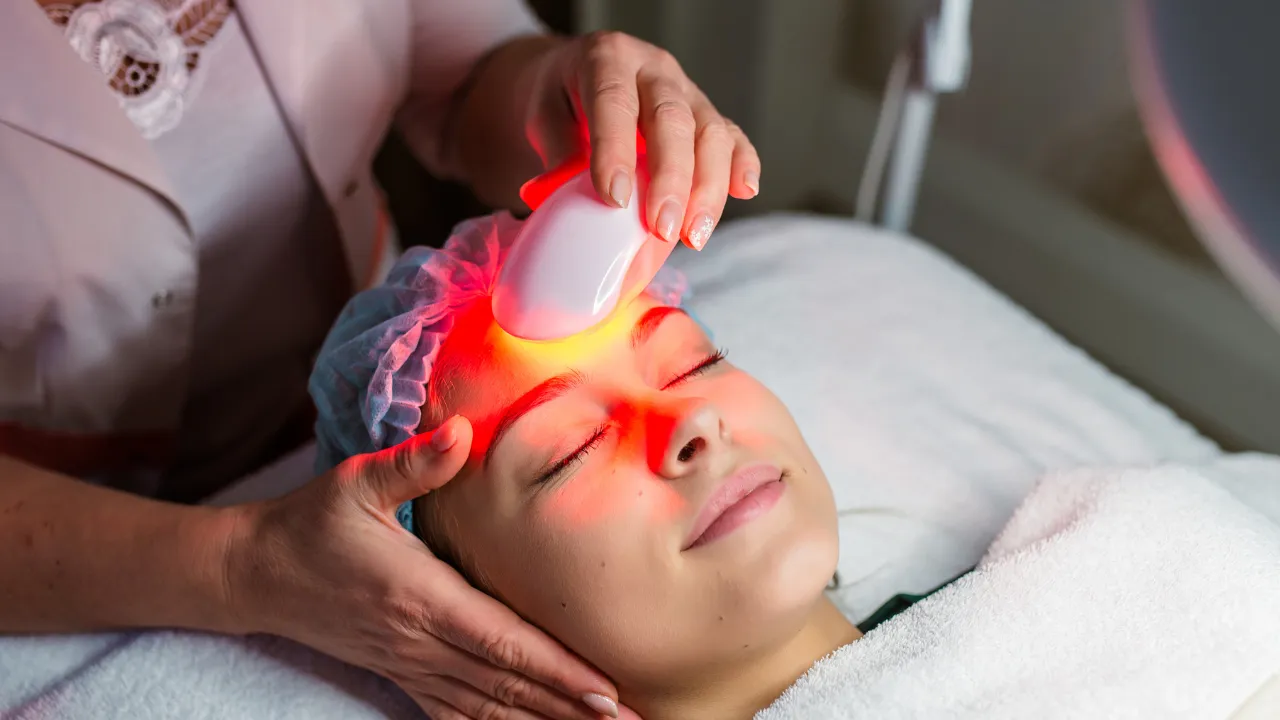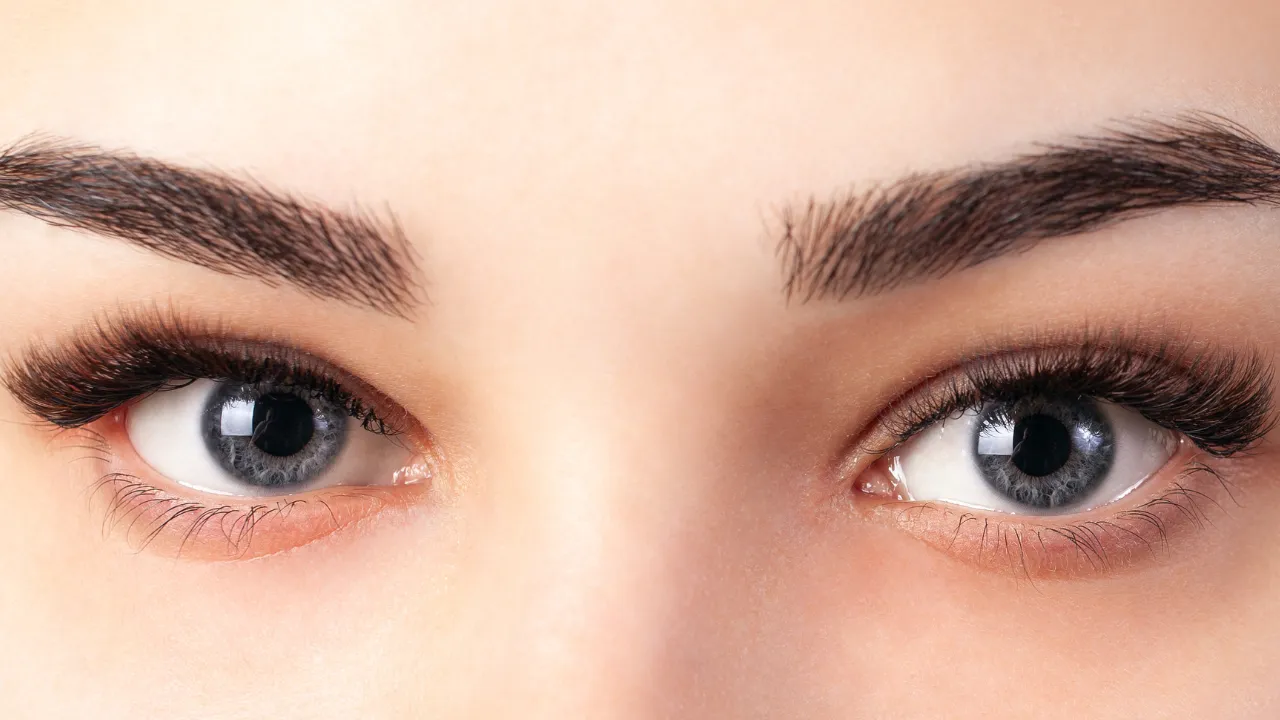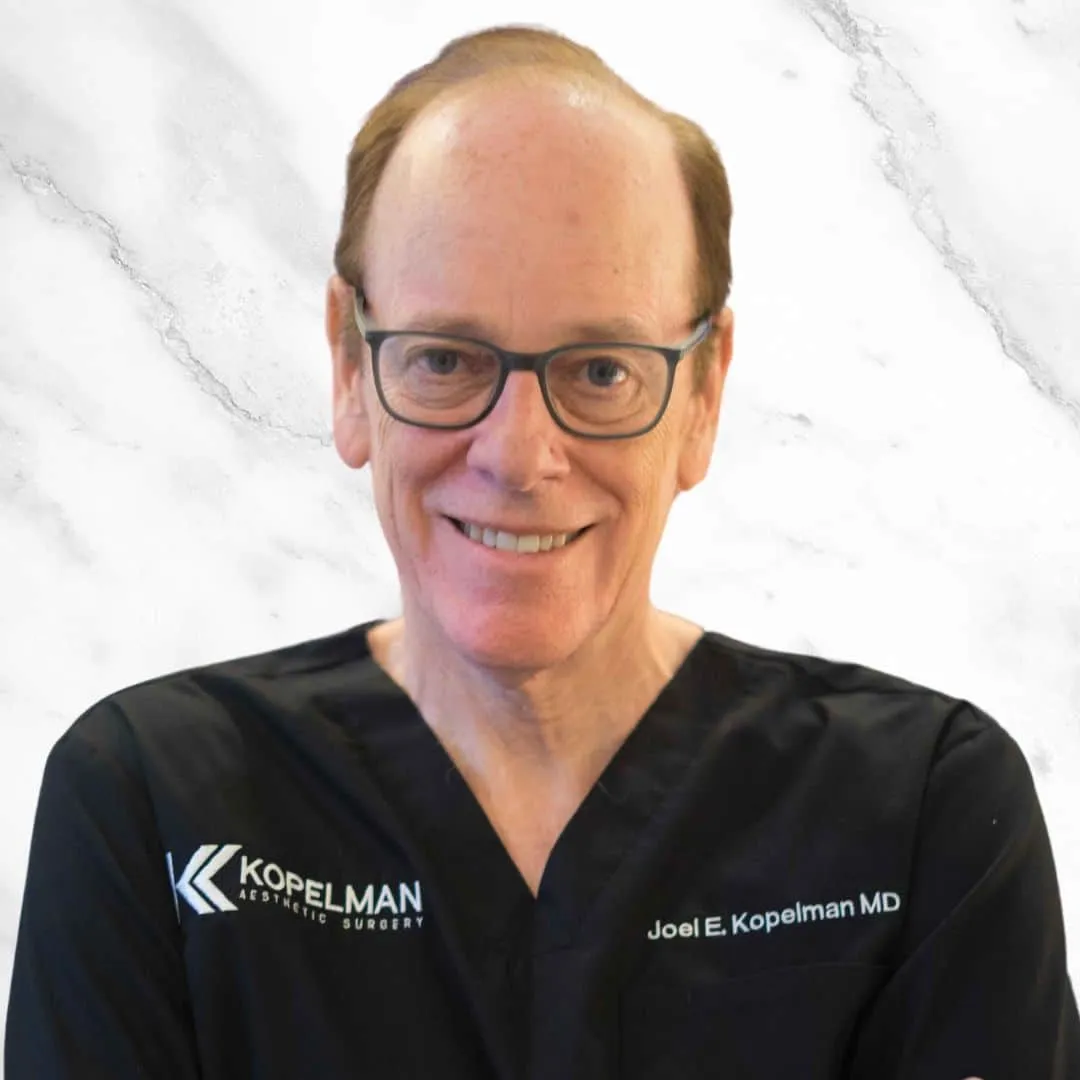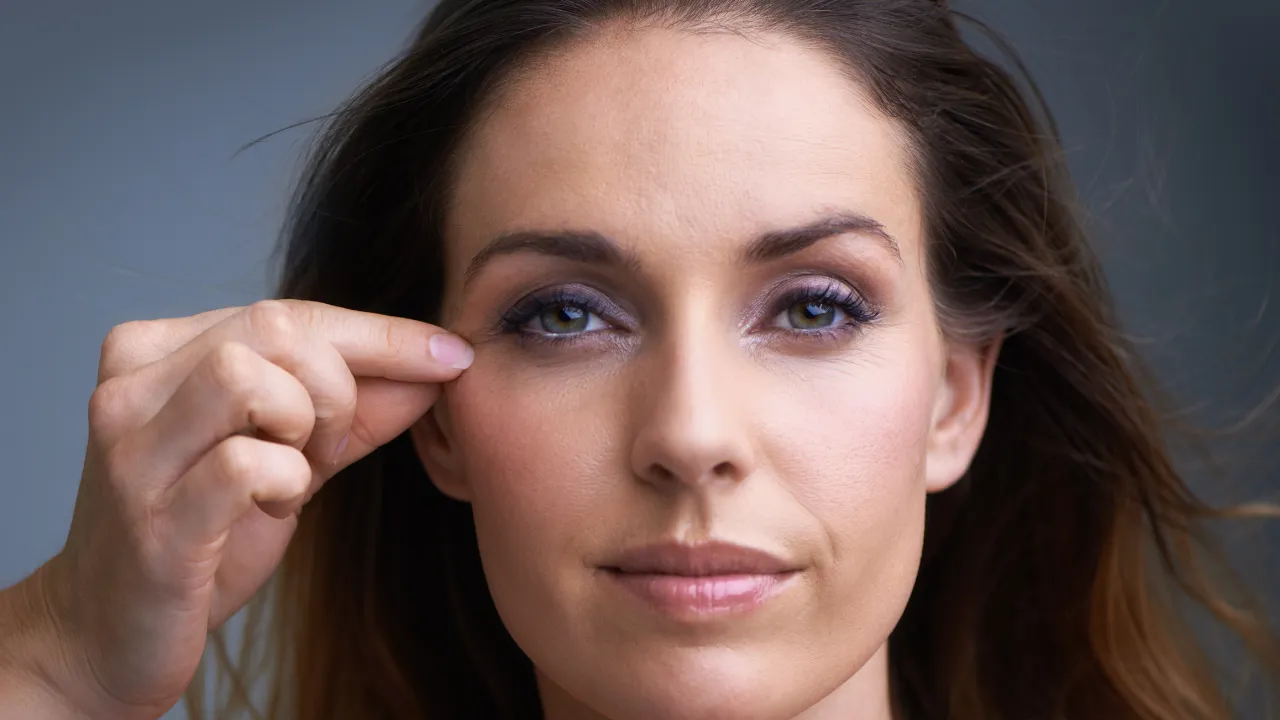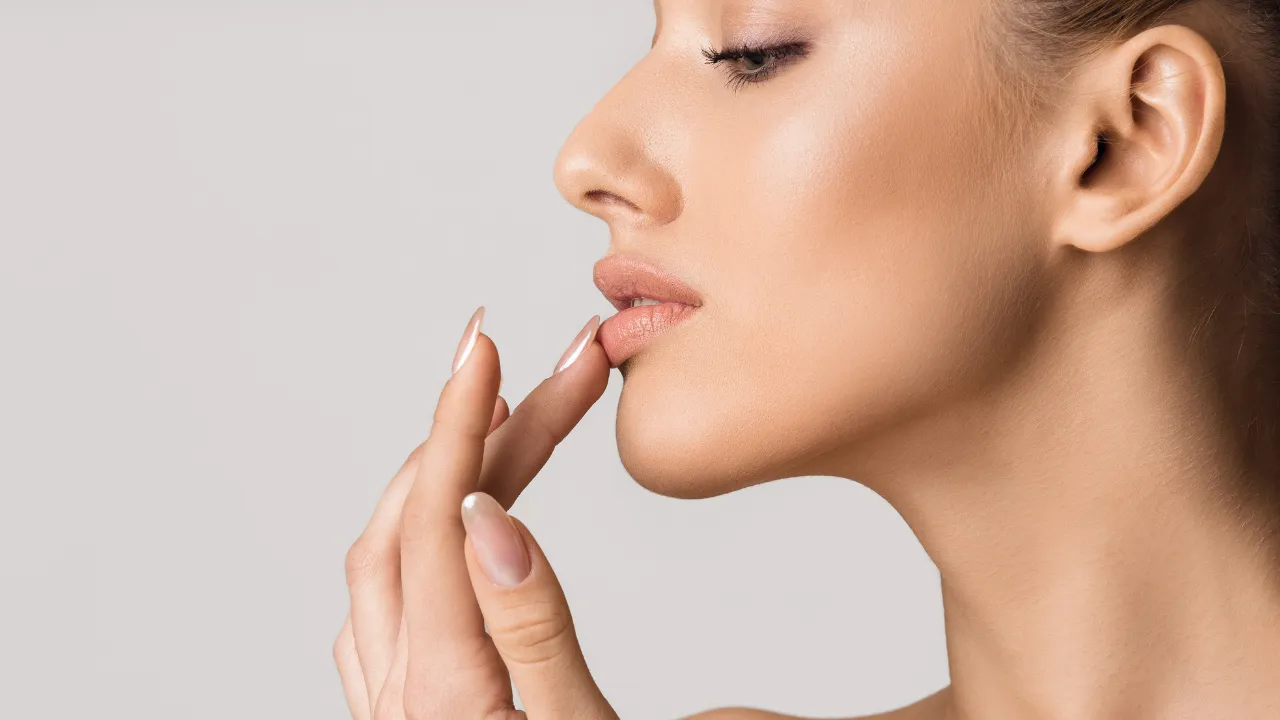At Kopelman Aesthetic Surgery in New York City, Dr. Joel Kopelman offers several alternatives to facelift for jowls. Options include fillers, Botox, ultrasound, thread lifts, radiofrequency devices, and mini facelifts. These treatments improve jawline definition, reduce sagging skin, and restore a youthful appearance without a full surgical procedure.
Many patients prefer shorter recovery and lower risk. Dr. Kopelman highlights that non-surgical and minimally invasive procedures can effectively tighten the skin and lift jowls in those with mild to moderate sagging.
Key Takeaways
- Non-surgical treatments such as fillers, Botox, ultrasound, and thread lifts can improve mild to moderate jowls with little downtime, though results are temporary.
- A mini facelift offers longer-lasting results of up to ten years, with more recovery time but greater improvement for advanced sagging.
- Costs vary widely, with non-surgical treatments being more affordable upfront but requiring regular maintenance, while surgery is a higher one-time investment.
- Collagen stimulation through energy devices, skincare, and lifestyle choices supports long-term skin health and can delay the need for surgical procedures.
- Choosing the right option depends on age, skin elasticity, budget, and personal goals, making consultation with an experienced surgeon essential.
Table of Contents
ToggleHow to Lift Jowls Without a Facelift
Non-Surgical Alternatives to Facelift for Jowls
Many patients want to avoid surgery while still improving sagging jowls. Non-surgical treatments provide visible results with little downtime. These options target skin laxity, stimulate collagen production, and restore definition without incisions.
The most common choices include injectables, threads, and device-based therapies. Each method has unique benefits and limitations. Understanding how they work helps patients select the right approach.
Best Non-Surgical Facelift for Jowls
Dermal fillers, especially those made with hyaluronic acid, add volume and create lift along the jawline. Botox complements fillers by relaxing facial muscles, helping to refine contours. Results appear immediately and last 6–12 months, with minimal recovery time.
Ultrasound therapy, such as Ultherapy, stimulates collagen production deep in the skin. Improvements develop gradually and can last a year or more. Both treatments are quick, with low downtime, making them some of the most popular cosmetic procedures for the lower face.
Other Minimally Invasive Options (threads, RF, laser)
Thread lifts reposition tissue instantly and also promote new collagen and elastin. Results last 12–18 months, with mild swelling possible, but a short recovery period. These procedures are suitable for patients with mild to moderate sagging.
Radiofrequency (RF) and fractional laser treatments focus on skin tightening by delivering controlled heat. Sessions take 30–60 minutes, often repeated for optimal effect, with results lasting up to a year. Many patients combine RF with microneedling to lift and tighten the skin and enhance results.
- Pros: Minimal downtime, stimulates collagen and elastin, non-surgical
- Cons: Shorter duration, multiple sessions required
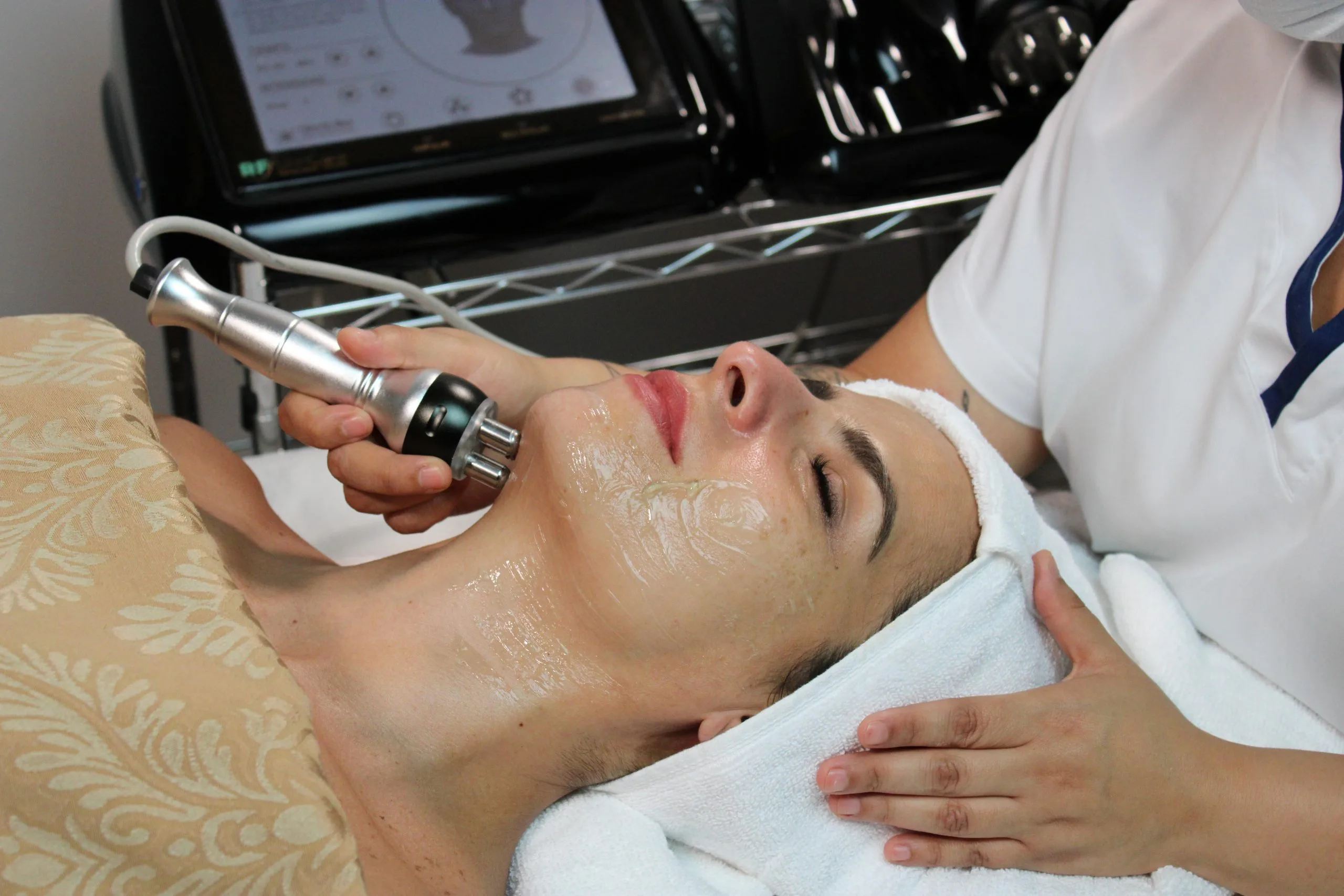
Natural Alternatives (skincare, massage, lifestyle)
For patients seeking natural alternatives to facelift for jowls, skincare and daily routines play an important role. Retinol, peptides, and collagen-boosting serums strengthen the skin and provide anti-aging benefits.
Massage and facial exercises improve circulation, strengthen facial muscles, and can help slow the progression of jowls. Though results are modest, they are useful when combined with professional treatments.
Lifestyle habits, such as maintaining a balanced diet, staying hydrated, and avoiding smoking, can help preserve skin elasticity. These supportive measures help maintain results from cosmetic procedures and slow further sagging.
The Role of Collagen in Jowl Treatments
Collagen and elastin are key proteins that give skin strength and flexibility. As we age, levels decline, leading to sagging skin and loss of definition. Treatments like ultrasound, RF, and microneedling aim to stimulate collagen production and restore firmness.
Topical skincare products containing retinoids and peptides also help maintain collagen and elastin. Combining these with professional therapies creates stronger, longer-lasting results. Patients who focus on both in-office treatments and daily care see the most benefit over time.
Mini Facelift for Jowls Before and After
Expected Results
A mini facelift targets the lower face, tightening early jowls. It creates sharper jawline definition and smoother contours, offering noticeable but subtle improvement compared to a traditional facelift.
Recovery Process
Recovery is shorter than a full face lift, with most patients resuming light activities in a week. Bruising and swelling usually resolve within two to three weeks. For patients who cannot commit to the longer downtime of a traditional facelift, a mini facelift is an appealing choice.
Comparing Results with Non-Surgical Options
A mini facelift provides results that last up to ten years, far longer than fillers or devices. For advanced sagging, it remains the most effective way to tighten the skin and restore definition.
Patient Expectations: Before You Choose a Treatment
Non-surgical treatments can improve mild to moderate jowls, but cannot match the outcomes of surgery. Patients should expect subtle improvements, not dramatic lifting.
Thread lifts and devices may require repeat sessions. A mini facelift offers more durable change but is still less extensive than a full facelift. Knowing these differences helps patients set clear expectations.
Comparing Facelift Alternatives for Jowls
Comparison Table: Surgical vs Non-Surgical vs Natural Options
This table helps patients compare cost, downtime, and durability quickly. It simplifies the decision process for those considering cosmetic procedures.
Results and Longevity
Non-surgical results typically last 6–18 months, while thread lifts can last up to about two years. Mini facelifts last longest, up to a decade. The choice depends on the severity of sagging skin and the patient’s goals.
Costs and Accessibility
Non-surgical treatments cost less upfront but require regular maintenance. Surgery is more expensive but provides longer-lasting outcomes, often making it cost-effective in the long term.
General Risks and Side Effects
Non-surgical methods may cause temporary swelling or bruising. Thread lifts can lead to minor irregularities. Surgical procedures carry greater risks but are safe in skilled hands. Consulting with an expert helps minimize complications.
Choosing the Right Jowl Lift Alternative
How to Choose Between Non-Surgical and Surgical Options
The best treatment depends on age, skin elasticity, and lifestyle. Younger patients with good elasticity often benefit from non-surgical options, while those with advanced sagging usually require surgery.
Budget also matters. Non-surgical options are less costly upfront, while surgery is a larger investment but provides longer-lasting anti-aging results.
Who Is a Good Candidate
Patients with mild sagging and good skin quality see the most benefit from non-surgical options. Older patients with significant laxity often need surgical correction.
When Surgery May Be the Better Choice
When jowls are pronounced and skin laxity is severe, non-surgical treatments may not provide enough lift. In these cases, Dr. Kopelman often recommends a mini facelift or traditional facelift to tighten the skin and restore lasting definition.
Finding Alternatives to Facelift for Jowls Near Me
When searching for alternatives to facelift for jowls near me, patients should focus on the provider’s credentials. Board-certified surgeons experienced in both surgical and non-surgical cosmetic procedures are best suited to guide decisions. Reviewing before-and-after images helps patients see realistic results.
FAQs About Jowl Lift Alternatives
Q What Is the Alternative to a Jowl Lift?
Alternatives include dermal fillers, Botox, thread lifts, and energy devices like ultrasound or RF. These cosmetic procedures lift and tighten the jowls without surgery, though results are temporary compared to surgical methods.
Q How Can I Lift My Jowls Naturally?
Massage, facial exercises, and healthy skincare habits support elasticity. While they cannot replace professional treatment, they strengthen facial muscles and may slow the effects of sagging skin.
Long-Term Maintenance and Prevention
Maintaining results requires follow-up treatments and healthy routines. Annual touch-ups with fillers or energy-based therapies keep improvements visible and help stimulate collagen production.
Daily sunscreen and retinoids, along with hydration and weight stability, preserve elasticity. These practices maximize results and may delay the need for surgical intervention.
Final Thoughts on Alternatives to Facelift for Jowls
There are many alternatives to jowls lift available, from fillers and energy devices to mini facelifts. Each option has unique benefits, costs, and recovery times. Dr. Joel Kopelman and his team at Kopelman Aesthetic Surgery guide patients toward the treatment that best matches their needs.
With expert care, patients can achieve natural, lasting improvement in jawline definition and facial balance. If you are considering your options, schedule a consultation with Dr. Kopelman to discuss a personalized treatment plan.


